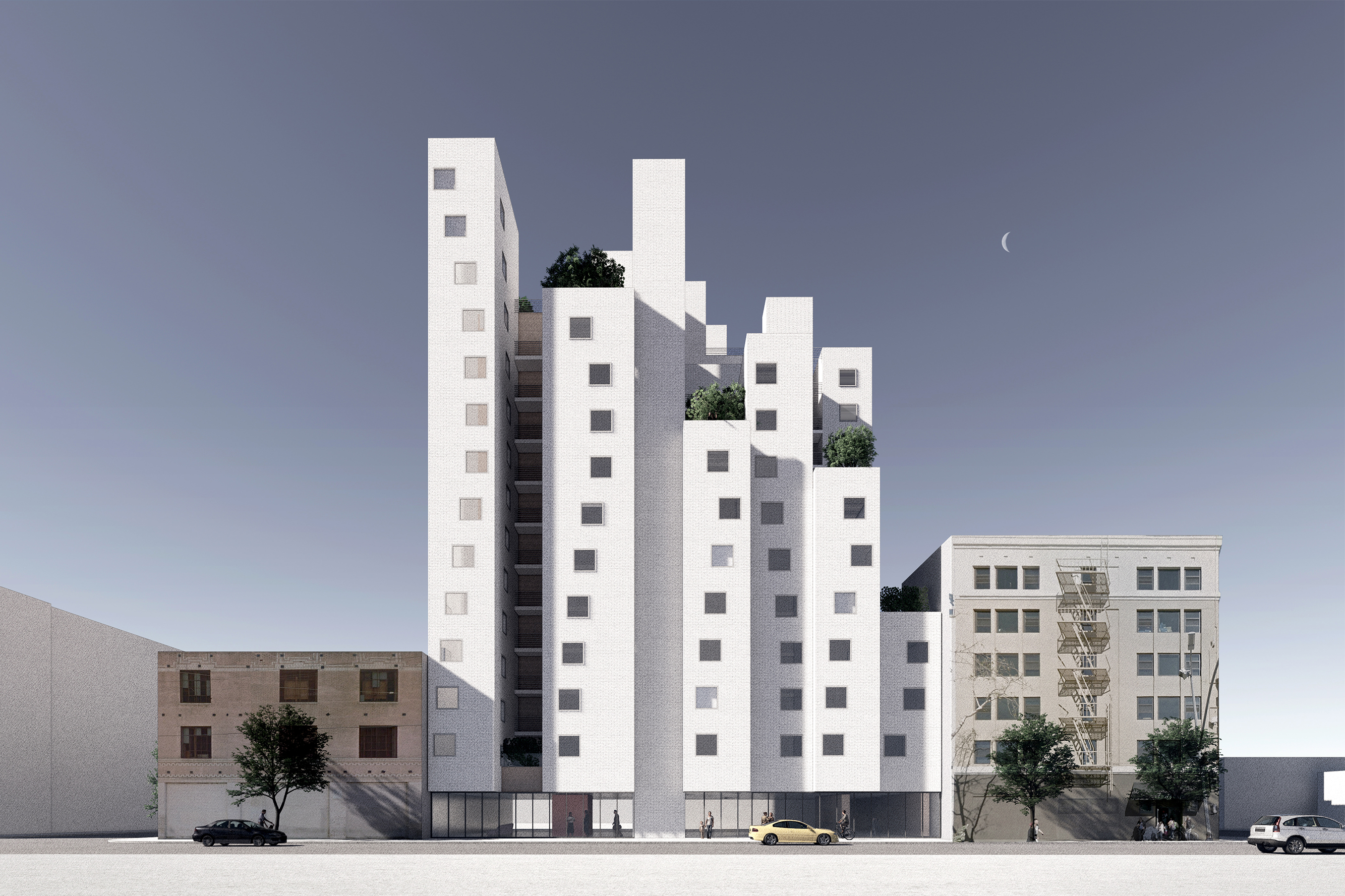03.02.2020
THE ALVIDREZ WINS
CA.GOV MASS TIMBER
COMPETITION
SACRAMENTO – The Governor’s Forest Management Task Force and the Office of Planning and Research today announced winners of a first-ever competition designed to highlight a category of engineered wood products known as mass timber. As the need for forest, wildfire, climate and housing solutions grows, California is moving to expand use of these innovative wood products, which have the potential to sequester carbon, drive healthy forest management and increase affordable housing in California.
“Mass timber has the potential to help advance three Newsom Administration priorities: affordable housing, healthy forest management, and rural economic development,” California Natural Resources Secretary Wade Crowfoot said. “We’re excited to highlight these projects and introduce Californians to a product that is gaining acceptance around the world for its multiple benefits.”
Through the Mass Timber Building Competition, the State is awarding a total of $500,000 to four projects that demonstrate mass timber’s potential to help address multiple challenges while creating new rural economic opportunities.
Mass timber encompasses a variety of large-format panelized wood products, such as cross-laminated timber (CLT), nail- or dowel-laminated timber, and mass plywood panels, that can be used both decoratively and structurally – even in tall buildings. Since engineering creates its strength and structural integrity, mass timber can be made from a variety of wood materials.
“As California seeks to reduce catastrophic wildfires, mass timber offers a solution for materials that result from forest management efforts – a solution that can avoid air quality impacts while storing carbon in buildings expected to have life spans of 100 years or more,” said Kate Gordon, director of the Governor’s Office of Planning and Research and the Governor’s senior advisor on climate.
Designers favor mass timber as a construction material for its strength, fire resistance, aesthetic, construction efficiency, reduced carbon footprint, and ability to work alongside other materials as a structural element.
Mass timber is more commonly used for construction in Europe, but the last decade has brought an increase in mass timber as a structural element in North America; Canada, Washington, and Oregon are actively working to mainstream mass timber in the built environment.
“A centuries old building model-utilizing large timber for construction-can show us the way to the future of building,” said Jennifer Montgomery, director of the Governor’s Forest Management Task Force. “Wood is a green, renewable source of carbon-sequestering building materials that will help address environmental, social and economic issues.”
California is the largest consumer of engineered wood products west of the Mississippi River, yet none is produced in the state. By showcasing opportunities for mass timber, State agencies seek to stimulate the demand for buildings constructed using mass timber and generate investor interest in potential in-state production capacity while advancing California’s climate change and green building objectives.
In addition to creating economic opportunities in rural areas, locating manufacturing in California would reduce the cost of mass timber and make it a more cost-effective building material to increase affordable housing stock in urban areas where transit and amenities are within walking distance.
“Increased use of mass timber can benefit forest health and rural economic development, while reducing carbon emissions related to construction in California,” said Jennifer Cover, president and CEO of WoodWorks, which administered the competition. “The winning projects further highlight the design possibilities of timber and encourage wider adoption of its use throughout the state and across the country.”
In recognition of mass timber’s multiple potential benefits, the 2018-19 State budget allocated $500,000 in prize money for the Mass Timber Building Competition, organized under the Forest Management Task Force with leadership from Office of Planning and Research, Natural Resources Agency, and Government Operations Agency.
A panel of expert judges selected the four winners (and two honorable mentions) that will receive support and recognition to build projects that demonstrate mass timber’s potential.
Projects selected to receive grants in the California Mass Timber Building Competition:
- California College of the Arts – $200,000 award for a 107,000-square-foot hybrid four-story mass timber demonstration project as part of a campus expansion in the heart of San Francisco.
- Skid Row Housing Trust – $200,000 award for a highly visible project at the eastern edge of the Skid Row neighborhood in Los Angeles. The 77,190-square-foot, 14-story building will include 150 studio apartments and will serve disadvantaged residents formerly experiencing homelessness.
- Orange County Sanitation District – $40,000 award for a new headquarters for the district. The 109,000-square-foot hybrid building will have a public lobby and lighting showcasing the wood interior at night.
- Sunnydale Development Company – $40,000 award for a community center within San Francisco’s Sunnydale and Visitacion Valley neighborhood. The 31,000-square-foot building will house youth and family programs and recreational amenities in one of San Francisco’s most distressed public housing sites.
Two projects received honorable mentions in the competition:
- Microsoft – A 640,000-square-foot two-story mass timber project with a living roof as part of the renovation and expansion of Microsoft’s Silicon Valley Campus.
- Tahoe Regional Arts Foundation – a 75,000-square-foot free-form mass timber building set amidst the forest that will serve as a central arts hub for the region.
The awards will fund activities that include cost studies, permitting fees, and information exchange sessions with code officials.

